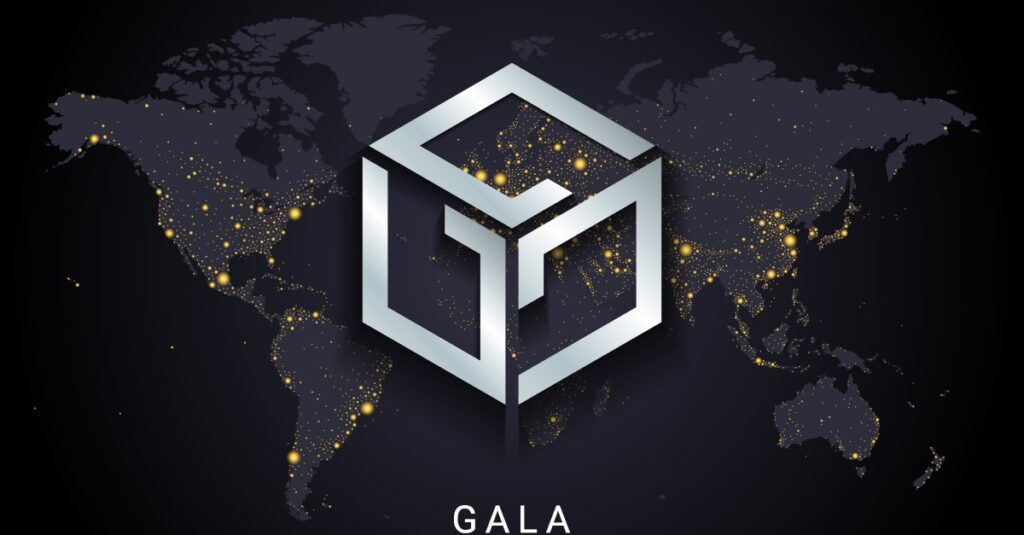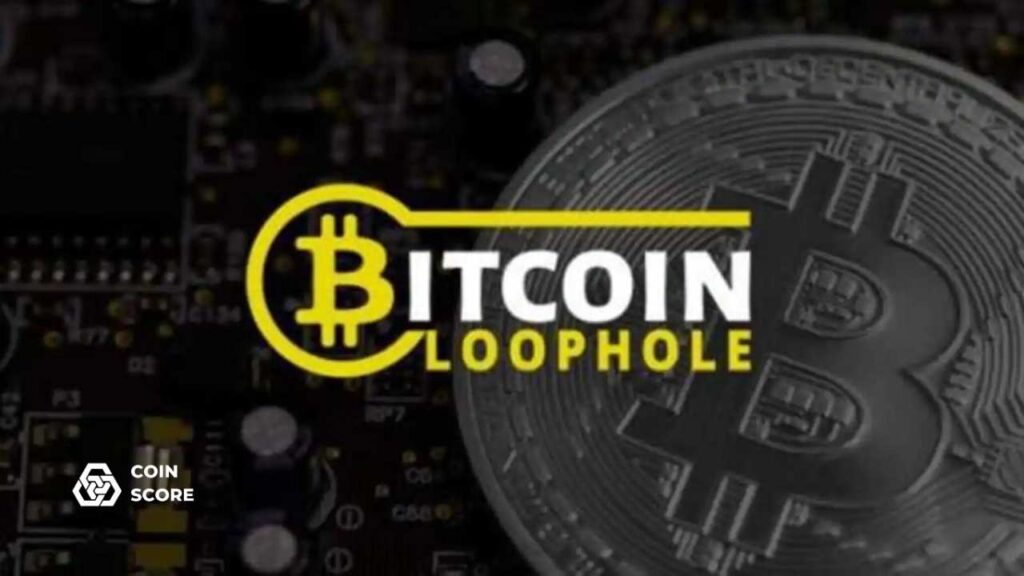Comprehensive Guide: Delving into Bitcoin Basics and Beyond

Are you intrigued by the world of cryptocurrency and want to understand it better? This guide is perfect for you. Let’s take a closer look into Bitcoin, the trailblazer of the digital currency market, and understand its ins and outs.
1. Bitcoin: A Brief Overview
What’s the first thing that comes to mind when you hear the word ‘Bitcoin’? Is it a mysterious, virtual treasure? Well, you’re not far off! Bitcoin, created by an anonymous entity known as Satoshi Nakamoto in 2009, is a form of digital currency.
Unlike the traditional currencies you’re familiar with — dollars, euros, yen, and so on — Bitcoin operates independently of any central bank. This decentralized nature is one of the many qualities that sets it apart.
When you look into Bitcoin, you’ll stumble upon the term ‘blockchain.’ This is an integral part of Bitcoin’s system. It’s a public ledger containing all transaction data from anyone who uses bitcoin. Transactions are added to “blocks” or the links of code that make up the chain, and each transaction must be recorded on a block.
But why should you care about Bitcoin? For one, it promises the potential for big returns. The value of Bitcoin has seen significant highs and lows, causing a stir in the investment world. In 2010, one bitcoin was worth less than a dollar. Fast forward to 2021, and a single bitcoin is worth tens of thousands of dollars!
However, the world of Bitcoin is more than just an exciting investment opportunity. Its technology has the potential to revolutionize the way transactions are made in the future, impacting various sectors from finance to healthcare.
As you look into Bitcoin, remember it’s not just about the money. It’s about understanding a technology that could redefine the way we perceive currency.
Curious about the technical aspect of Bitcoin? Wondering if it’s a good investment? Intrigued by the concept of bitcoin mining? Stay tuned for the next sections where we’ll explore these topics and more. Get ready to take a deeper look into Bitcoin and discover its fascinating world.
2. How Bitcoin Works: The Technical Aspect
Ever wondered what makes Bitcoin tick? Let’s roll up our sleeves and look into the technical aspect of Bitcoin. No worries, we’ll keep it as jargon-free as possible.
The Role of Blockchain
You might remember from our brief overview that blockchain is a major player in the Bitcoin universe. But what is it, really?
- In simple terms, the blockchain is a public, digital ledger of all Bitcoin transactions.
- Each transaction forms a ‘block,’ and these blocks link together in a chain (hence, ‘blockchain’).
- The brilliant part? It’s decentralized, meaning it isn’t controlled by any one entity, like a bank or a government.
- Each time a Bitcoin transaction happens, it gets added to the blockchain.
Digital, decentralized, and public — these three characteristics make Bitcoin’s blockchain a game-changer in the world of transactions.
Understanding Bitcoin Transactions
So, what does a Bitcoin transaction look like? Glad you asked!
- To start, you need a digital wallet to store your Bitcoin. A wallet could be a piece of software on your computer or smartphone, or even a physical device.
- Bitcoin transactions are essentially the transfer of value between Bitcoin wallets. The transactions get included in the blockchain.
- Bitcoin wallets keep a secret piece of data called a private key. This key is used to sign transactions, providing a mathematical proof that they have come from the owner of the wallet.
- This signature also prevents the transaction from being altered by anybody once it has been issued.
The Power of Mining
Mining! No, not with a pickaxe. Mining in the Bitcoin world is the process of adding transaction records to Bitcoin’s public ledger, the blockchain. This process is crucial to maintaining the integrity of Bitcoin transactions and we’ll delve into more detail in the next section.
Looking into the technical aspect of Bitcoin can feel like a trip down the rabbit hole. But remember, understanding this part of Bitcoin isn’t just for tech buffs — it’s for anyone who’s interested in the future of finance, technology, and society.
Stay tuned for the next part of our guide where we will discuss the risks and rewards of investing in Bitcoin. Whether you’re looking to make a quick buck or considering a long-term investment, we’ve got you covered.
3. Investing in Bitcoin: Risks and Rewards
So you’ve gotten a glimpse of how Bitcoin works. Intriguing, right? Now let’s talk about the nitty-gritty: investing in Bitcoin. What are the potential risks and rewards that come with this digital currency?
The Upside of Investing in Bitcoin
Let’s start on a positive note. Here’s why you might want to include Bitcoin in your investment portfolio:
- High Potential for Returns: Historically, Bitcoin has provided extremely high returns for some investors. If you’ve been following the news, you might have heard stories of people who became overnight millionaires thanks to their early investments in Bitcoin.
- Liquidity: Unlike some other investments, you can sell Bitcoin at any time. This 24/7 accessibility can be appealing, especially for those who like to keep a close eye on their investments.
- Diversification: Bitcoin doesn’t correlate strongly with traditional assets like stocks, bonds, or real estate. This can make it a useful tool for diversifying your investment portfolio.
The Potential Pitfalls
However, as with all investments, there’s a flip side. Let’s look into the Bitcoin risks:
- Price Volatility: Bitcoin prices can swing wildly—sometimes in a matter of minutes. This can be thrilling for some, but nerve-wracking for others. If you’re the type who loses sleep over market fluctuations, Bitcoin might not be your cup of tea.
- Regulatory Risk: As a relatively new asset class, Bitcoin is subject to evolving regulations. Changes in government policy could impact the value of your investment.
- Lack of Consumer Protections: Bitcoin transactions are irreversible. If your Bitcoin is stolen or lost, you may have little recourse.
To Invest or Not to Invest
To invest in Bitcoin or not, that is the question. It’s clear that Bitcoin offers both high potential rewards and sizable risks. As with any investment decision, it’s essential to do your due diligence. Look into Bitcoin, understand how it works, weigh the risks and rewards, and consider your own risk tolerance.
Ultimately, the decision to invest in Bitcoin is a personal one. But whether you decide to invest or simply enjoy learning about this groundbreaking technology, there’s no denying that Bitcoin is reshaping the financial landscape. In our next section, we’ll take a closer look into the concept of Bitcoin mining, which is pivotal to how the Bitcoin network operates.
4. Bitcoin Mining: An In-depth Look
Just like a gold miner seeks precious metals, a Bitcoin miner seeks new Bitcoins. But how does this work? Let’s dig a little deeper, figuratively speaking, and look into Bitcoin mining.
What is Bitcoin Mining?
In a nutshell, Bitcoin mining involves solving complex mathematical problems to validate transactions on the Bitcoin network. Here’s a simple breakdown of what happens:
- Problem-Solving: Miners use powerful computers to solve these mathematical puzzles. This process helps keep the Bitcoin network secure and trustworthy.
- Confirming Transactions: Once a problem is solved, the miner gets to add a new block of transactions to the blockchain, thereby confirming those transactions.
- Mining Rewards: For their efforts, miners receive a set amount of new Bitcoins—this is the “mining reward.”
The Nuts and Bolts of Bitcoin Mining
However, it’s not as easy as it sounds. To give you an idea, here are some key things to consider:
- Power Consumption: Mining Bitcoin requires a lot of computing power, which in turn requires a lot of electricity. This can result in high energy costs for miners.
- Competition: The more miners there are, the more competition there is to solve these problems and earn new Bitcoins. This competition can make it difficult for new miners to make a profit.
- Halving Events: Approximately every four years, the mining reward is cut in half in an event known as a “halving.” This reduces the number of new Bitcoins created and earned by miners.
A Peek into the Future of Bitcoin Mining
So where is Bitcoin mining headed? Given the challenges of mining, some are looking into more sustainable and efficient ways to mine Bitcoin. For example, some miners are exploring the use of renewable energy sources, while others are developing more energy-efficient mining equipment.
Looking into Bitcoin mining opens up a whole new perspective on this digital currency. It reinforces the fact that Bitcoin is not just a form of currency, but also a technological innovation that’s constantly evolving. Next up, we’re going to explore what the future might hold for Bitcoin. Stay tuned!
5. The Future of Bitcoin: Predictions and Possibilities
As we continue to look into Bitcoin, it’s time to gaze far into the horizon and ponder what the future might bring. In a world of rapid technological evolution, the future of Bitcoin is as exciting as it is unpredictable.
Bitcoin as the Currency of the Future
Could Bitcoin become the global currency of the future? It’s possible. Here are a few reasons why:
- Decentralization: Bitcoin operates independently of any central bank, which could make it more resilient and less prone to manipulation.
- Digital Transformation: As we become more digital, Bitcoin fits right into the trend of cashless transactions and digital banking.
- Limited Supply: There will only ever be 21 million Bitcoins. This scarcity could potentially increase its value over time.
But it’s not all roses. Challenges, like regulatory issues and the digital currency’s volatility, could hinder Bitcoin’s path to becoming a mainstream currency.
Bitcoin’s Role in Technology
Bitcoin’s underlying technology, blockchain, is a game-changer. It’s not just about financial transactions anymore. Here’s how:
- Smart Contracts: Blockchain could revolutionize the way we forge agreements and contracts, making the process more transparent and secure.
- Decentralized Applications: Known as DApps, these are applications that run on a P2P network of computers rather than a single computer.
- Data Storage: Blockchain technology could offer a new way to store, secure, and verify data, which can be particularly useful for industries like healthcare and education.
Bitcoin: A Tool for Economic Empowerment?
As we further look into Bitcoin, another exciting possibility emerges: Could Bitcoin become a tool for economic empowerment? In parts of the world with unstable economies or limited access to traditional banking, Bitcoin could offer a way to store value and transact business. It’s an empowering thought, isn’t it?
The future of Bitcoin is full of potential, but it’s also packed with uncertainty. As we continue to explore and understand this digital currency, the only sure thing is that the Bitcoin journey is far from over. So, keep your eyes peeled and continue to look into Bitcoin—it’s definitely a ride worth watching!
Recent Comments

Breaking Down the Top 6 GALA Crypto News Headlines of the Week

Jack Dorsey's Prediction of Bitcoin Surpassing $1 Million by 2030

Comprehensive Guide: Delving into Bitcoin Basics and Beyond

Understanding Bitcoin Loophole: Insights and Practical Tips for Successful Crypto Trading

Amelia Bond Net Worth 2024 (Latest)

Warwick Davis Net Worth: Exploring the Life and Fortune of a Legendary Actor



